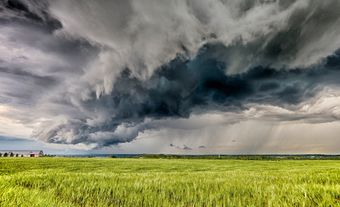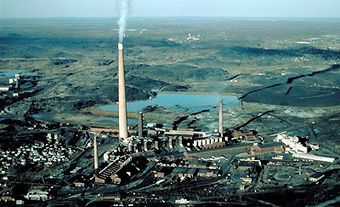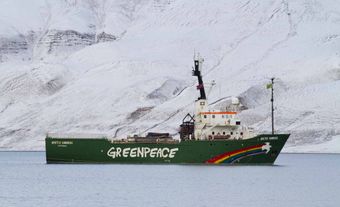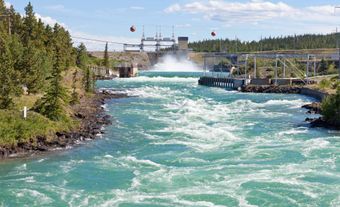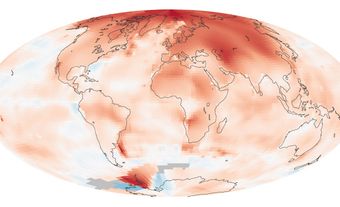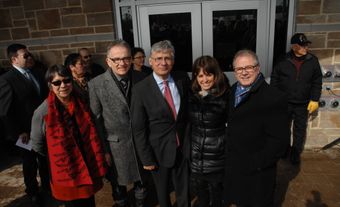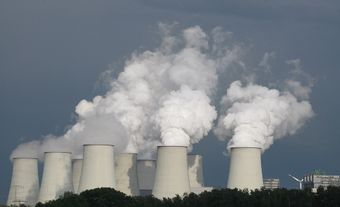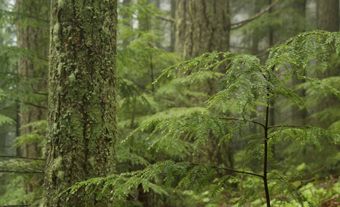Sustainability is the ability of the biosphere, or of a certain resource or practice, to persist in a state of balance over the long term. The concept of sustainability also includes things humans can do to preserve such a balance. Sustainable development, for instance, pairs such actions with growth. It aims to meet the needs of the present while ensuring that future people will be able to meet their needs.

"Blue Marble 2000" by NASA Goddard Photo and Video is licensed under CC BY 2.0.
Environmental Sustainability
For an environment or natural resource to be sustainable, it must not be depleted to the point that it cannot renew. By the same token, the growth within an environment must not upset the natural balance.
Human activity can deplete resources or create too much of them. For example, the settlement of Southern Ontario pushed wolves and cougars into remoter regions. Without these predators, the deer population boomed. Deer in turn began to threaten the plant species they ate, including endangered trilliums. In 2011, the Hamilton Conservation Authority and the Six Nations of the Grand River made a plan to cull the deer population around Dundas. Haudenosaunee hunters have since helped harvest the deer to sustainable levels.
Sustainability also involves using renewable resources. Canada has a wealth of natural resources. These include both renewable (e.g., hydro power, crops and trees) and non-renewable ones (e.g., oil, gas and minerals). The threats of climate change have spurred movements demanding a shift to renewable energy in Canada and worldwide. In the 21st century, governments have made policies to curb greenhouse gases and encourage this shift. Emissions targets and carbon pricing are examples of these policies. In 2019, an NDP government in British Columbia committed to banning the sale of all vehicles that burn fuel by 2040. The Green Party of Canada is dedicated specifically to creating environmentally friendly policy.
Youth, too, have been vocal about sustainability. They have marched out of class to demand action on climate change.
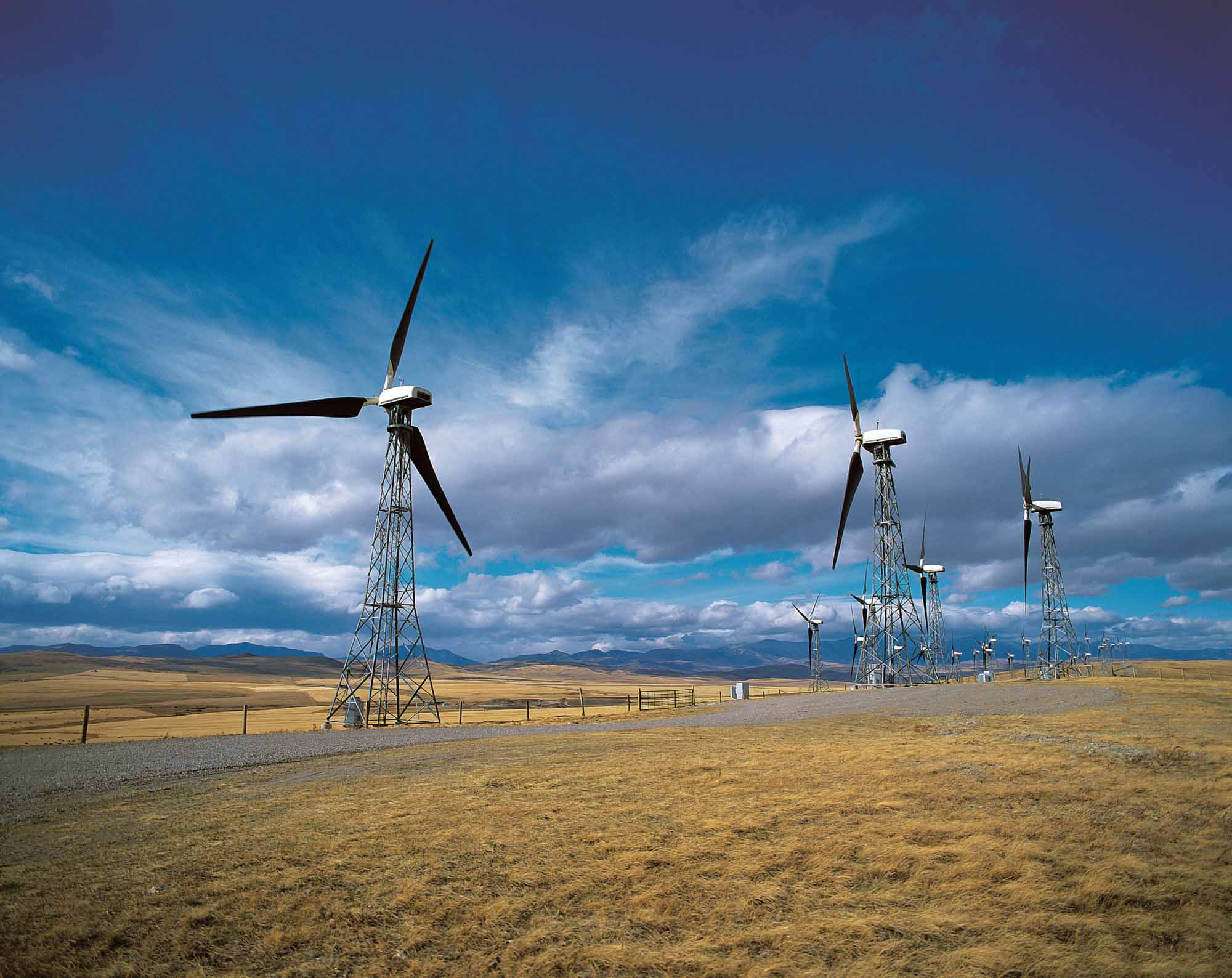
Indigenous Resource Management
Indigenous peoples have a long history of sustainably managing resources. Traditional practices of this kind endure across Canada. Notable examples exist in Pimachiowin Aki. This area straddles the Manitoba- Ontario border. It is home to four Anishinaabe First Nations.
Indigenous peoples have led many environmental movements in Canada. Water protectors and other activists have resisted projects that threaten the sustainability of their traditional lands and resources. The James Bay Cree, for example, used activism to block the Great Whale phase of the James Bay Project in the 1990s. Indigenous peoples have also spoken out against environmental racism. Grassy Narrows, for instance, has sought redress for mercury poisoning caused by industrial pollution.
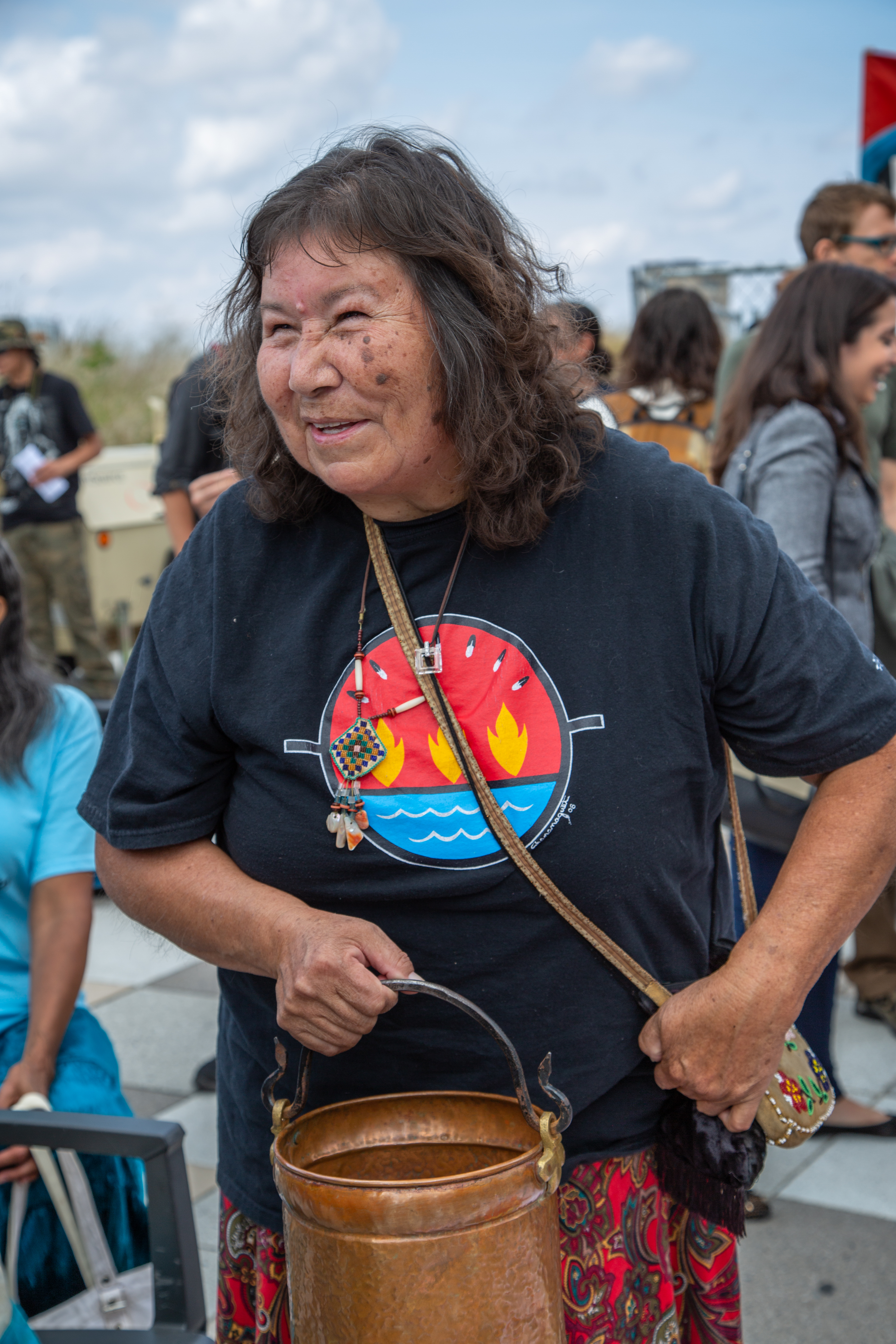
Water protector Josephine Mandamin walked around the Great Lakes from 2003 to 2017 to bring awareness to the problems of water pollution and environmental degradation on the Great Lakes and on Indigenous reserves in Canada.
Sustainable Development
Sustainable development includes building the kind of infrastructure that can support people over the long term and in several ways. High-density, multi-use housing is one example. Such projects make the most out of smaller pockets of land to provide homes as well as grocery stores and services.
Social justice and economic fairness are part of sustainability, too. In this context, a sustainable approach means promoting systems and behaviours that can persist without causing harm.

 Share on Facebook
Share on Facebook Share on X
Share on X Share by Email
Share by Email Share on Google Classroom
Share on Google Classroom
